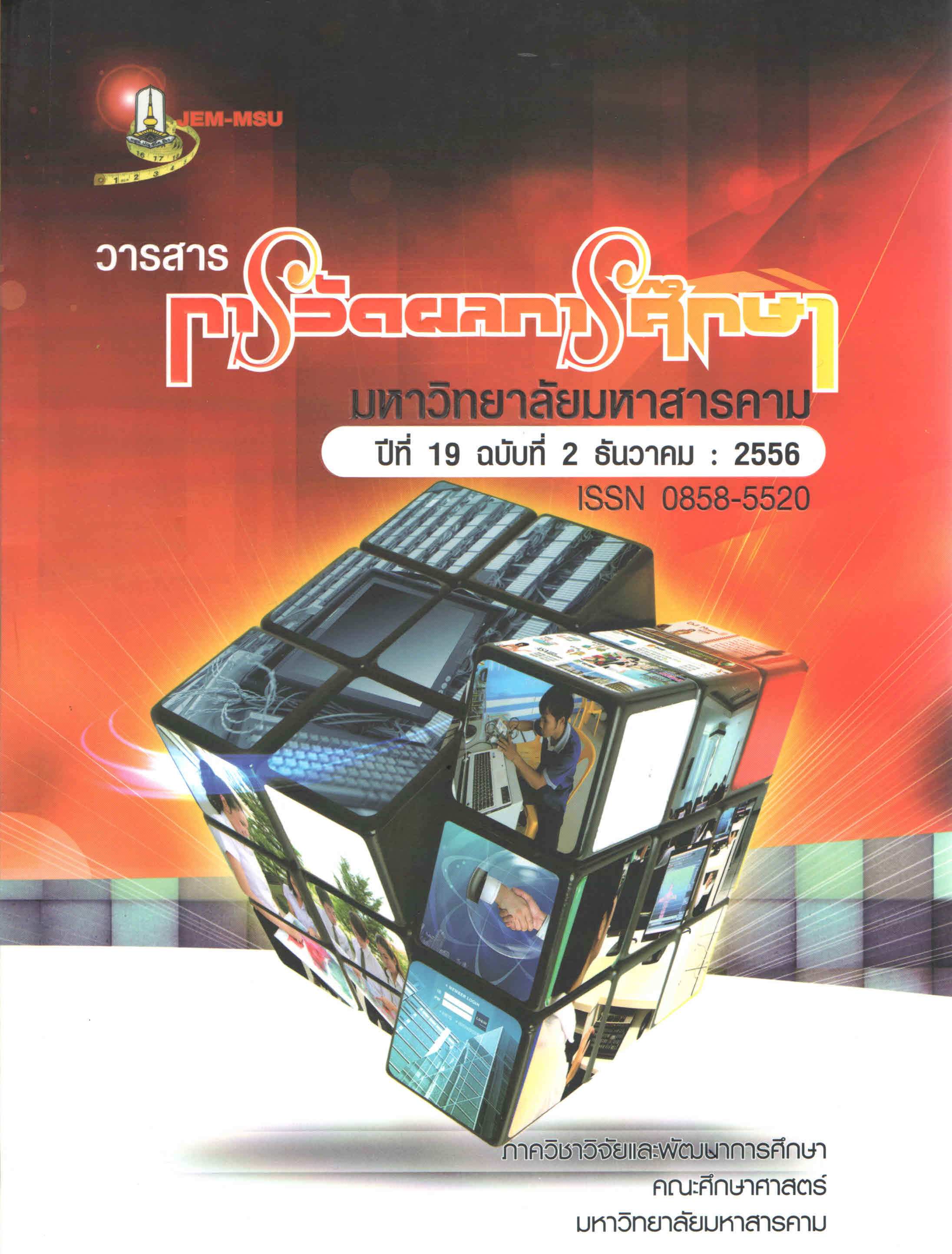The Result of Education in the Northeast of Thailand.
Main Article Content
Abstract
The aim of this research were to collect data, analysis and conclusions the conditions of education in
the Northeast of Thailand, which covers the basic education level, vocational education level, higher education
and non-formal education follow 7 strategies of the Office of the Education Council. The sample were 33,475
responsible parties and stakeholders about the education institutions in the Northeast of Thailand covering all
levels and types of education, consists of 5 groups: 1) Students 2) Teachers/Staff 3) School Administrators 4)
Administrators of education in the area, and 5) The student’s parents. The instruments were 15 questionnaires.
Data analysis based on descriptive statistics.
The results showed that 7 strategies are: (1) improving the quality of education reform by the
knowledge of Thai social system, (2) the creation and distribution of educational opportunities, (3) the teacher’s
reform raised as a teacher to be a highprofessional, (4) management of high education and vocationaleducation
to fit the market’s need, (5) the use of information technology for education, (6) research and development to
create the intelligence of the nation, and (7) increasing the capacity of human resources for support the
liberalization of the ASEAN community. The schools conducted in moderate to good level. For the
implementation of the education policy of the government study found, schools conducted on a high level and
involved the participation of more than 50 percent of all projects, the students in all levels of education have the
ability to speak English is moderate and some features such as use time to his advantage, the ability to
summarize and take notes and the reading habits of students is moderate.
Article Details
The content and information contained in the published article in the Journal of Educational Measurement Mahasarakham University represent the opinions and responsibilities of the authors directly. The editorial board of the journal is not necessarily in agreement with or responsible for any of the content.
The articles, data, content, images, etc. that have been published in the Journal of Educational Measurement Mahasarakham University are copyrighted by the journal. If any individual or organization wishes to reproduce or perform any actions involving the entirety or any part of the content, they must obtain written permission from the Journal of Educational Measurement Mahasarakham University.


